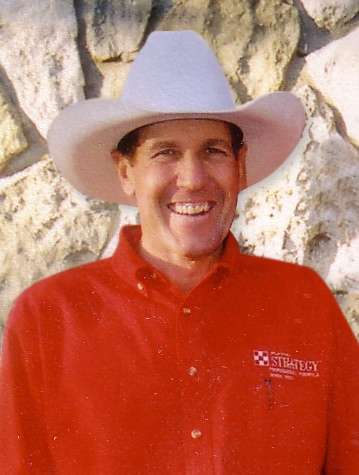Buffalo could again be prominently roaming Kansas’ prairielands.
While buffalo grazed Midwestern grasslands two centuries ago serving as multisource livelihood of Native Americans, they became extinct.
Settlers intruded on the native habitat and slayed buffalo by the ultra-thousands. Buffalo hunting became a profession as well as a sport. Hides were valuable as carcasses were left to rot. Mounted trophy heads were boasted on office walls of eastern rich men.
Soon buffalo were not roaming rangeland. Native Americans were without their main source of food, clothing other means of livelihood that buffalo provided.
Buffalo are now being seen in certain locales as producers are finding niche demands for the meat.
Tours of buffalo operations are appealing weekend road trips and viewing by vacationers again from the East and West as well. Even buffalo bull hunts garner profit for certain entrepreneurs.
Yet processing of buffalo is a major ordeal with limited plant operations nationwide. Locally, buffalo are slain in the field and brought to processing facilities ready for skinning and cutting into eatable meat.
High nutrient level of buffalo meat has been promoted by certain specialists as well as enthusiastic promoters.
Actual benefits of buffalo to native rangelands were of little consideration until recent times. Researchers have now many decades later determined many values of buffalo to the natural habitat.
Kansas State University scientists’ research indicates reintroducing buffalo to the tallgrass prairie gradually doubled plant diversity and improved drought resilience.
More than 30 years of data was collected at the Konza Prairie Biological Station near Manhattan.
Removal of nearly all bison, scientific name for buffalo, from the prairie occurred before establishment of quantitative records. That meant effects of removing the dominant grazer were largely unknown.
“Bison were an integral part of North American grasslands before removed from 99 percent of the Great Plains,” research indicates.
Plant composition and diversity on sections of Flint Hills land with no mega-grazers present were studied. Bison were grazed throughout the year and with domestic cattle grazing during the growing season.
Great Plains grasslands have substantially lower plant biodiversity than would have occurred before bison were wiped out, study results indicate.
Thus, returning or ‘rewilding’ native buffalo could help to restore grassland biodiversity.
The study confirmed cattle had a positive impact on plant diversity, compared to having no large grazers present. Increases with cattle in terms of plant species richness were significantly smaller than those related to bison.
Along with addressing land use, researchers sought to understand how bison influenced plant resilience to climate extremes.
Due to duration of the study, researchers captured one of the most extreme droughts since the 1930s Dust Bowl.
Resilience found in the bison grasslands is also consistent with the idea that diversity promotes ecological resilience. And this resilience will only become more important if the climate becomes more extreme, it is predicted.
CUTLINE
A bison herd grazes on the Konza Prairie Biological Station near Manhattan. A new study by Kansas State University researchers shows reintroducing bison to grasslands increases plant diversity and drought resilience.





